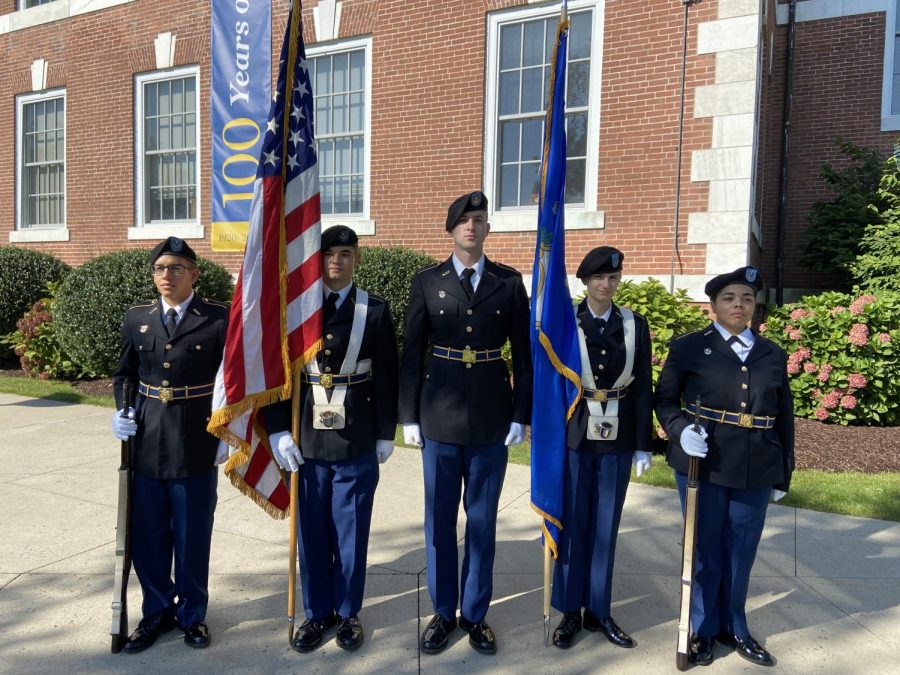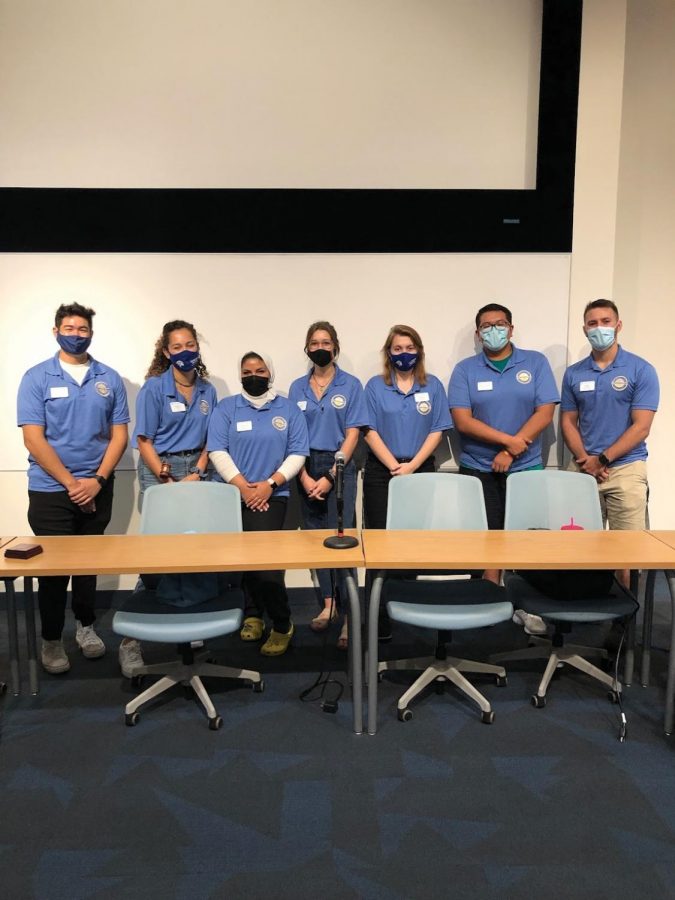Steven H. Kaplan has thought UNH needed a building dedicated to the sciences since he first became president of the university in 2004. Last month that goal came closer to reality when an anonymous donor gave the university three million dollars toward the building.
As generous as the donation was, however, it was only a small step in a process that began several years ago and will likely take several more to complete.
Kaplan says the project is in part a response to a desperate need for space on campus. “We can meet students’ needs right now in the classroom, but we have very little space for students to do projects, to do research, and for faculty to do research. That’s the real tight spot,” he says. Right now, the chemistry and biology departments are spread out among the various buildings, with parts of them housed in Dodds, Buckman, and Maxcy halls.
That arrangement, says Kaplan, prevents the expansion of non-science departments, too. “We just need more space, and the best way to accomplish that is to have one central place for science,” says.
Pauline Schwartz, chair of the Department of Chemistry and Chemical Engineering, says that even on a small campus like UNH’s, the distance between the science departments causes inefficiencies in the use of space, equipment, resources and instruments. She also says it does not foster collaborative research between the departments.
Schwartz says that there are two major problems when it comes to space. “First, we are at our very limit for running lab courses during the week; it is absolutely essential to restrict the number of students in our lab classes for safety reasons,” she explains. “Second, we have limited space for conducting research. More faculty and students wish to engage in independent projects that require use of space and equipment that is not available when classes are in session.”
Even for routine classwork, there are problems with being divided between different buildings. For instance, Schwartz says, classrooms in Dodds or Kaplan do not have Periodic Tables that are easily accessible for classroom demonstrations.
When Kaplan presented his proposal to build a new science building about two years ago to the Board of Governors, the group of alumni and local leaders who oversee UNH’s fiscal and governance policies, they agreed with him on the need for such a project. Chair of the Board Sam Bergami, Jr., who is also president of the Milford-based precision manufacturing company Alinabal, says he sees broader reasons for embarking on the project.
“Science is at the root of everything we do, whether we realize or not,” he says. “It should be the intellectual hub of the college community, and everything else should come out of that.”
Bergami also notes that most of the better schools have their own buildings dedicated to the sciences. He explains, however, that there is a lot of work that goes into such a project. First and foremost is the cost. “It’s a huge amount of money. To expect one or even a few benefactors to provide all of the funding is unrealistic,” he says.
Kaplan, who leads the fund-raising effort, estimates that he will need to raise anywhere between $30 million and $35 million in private gifts for the project. The university would then borrow another $10 million, putting the entire project in the $45 million range. “That’s the ideal amount,” he adds. “We’ll do a science center no matter what.”
The anonymous donation that came at the end of January is the only money he has gotten so far. He says, however, that he is talking to three other potential donors who have expressed an interest in giving large sums toward the project, though he could not reveal their names. “I am very optimistic that we will get the funding in the next year or two,” he says.
If the university is able to procure enough funding to meet its target, Kaplan says the proposed building would contain 40,000 to 50,000 square feet of space. Two spots on campus are currently being considered for the building: where South Campus Hall is, or next to the Tagliatela College of Engineering.
Other facets of the construction have yet to be determined. As more money is raised over the next few years, the university will hire an architectural firm to draft a design plan. At that point, Kaplan says, the Board of Governors would approve the design, the Facilities Department would get involved, and Kaplan would work closely with the science faculty to get their input on how their specific needs can be met by the new building.
Schwartz says she and her colleagues are excited to be involved in the project. “Although plans have yet to be designed, we are very hopeful that our input will encourage space for faculty research and for core resources for new instruments,” she says.
Throughout the process, the Board of Governors would continue to receive regular progress reports on the project through its Physical Resources Committee, which is responsible at a high level for handling major construction projects on campus. He says they would have little involvement in day-to-day operations, however.
Kaplan says that given the time it takes for fundraising and gaining various approvals with the university and the city of West Haven, he hopes to break ground on the building in the next two to two-and-a-half years.
Once it’s finished, though, Kaplan says UNH will be poised to expand its regional contribution to cutting-edge scientific pursuits. “I expect science, the life sciences in particular, along with chemistry, to play a very large role at the university,” he says.










